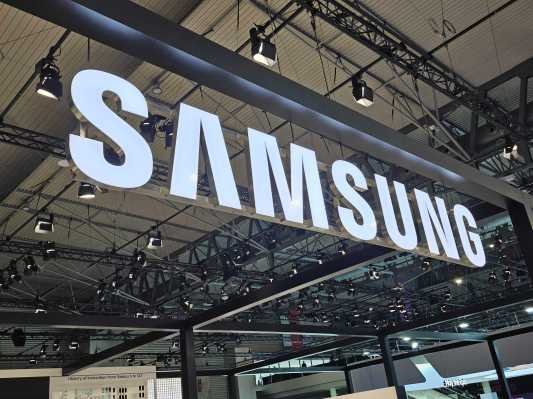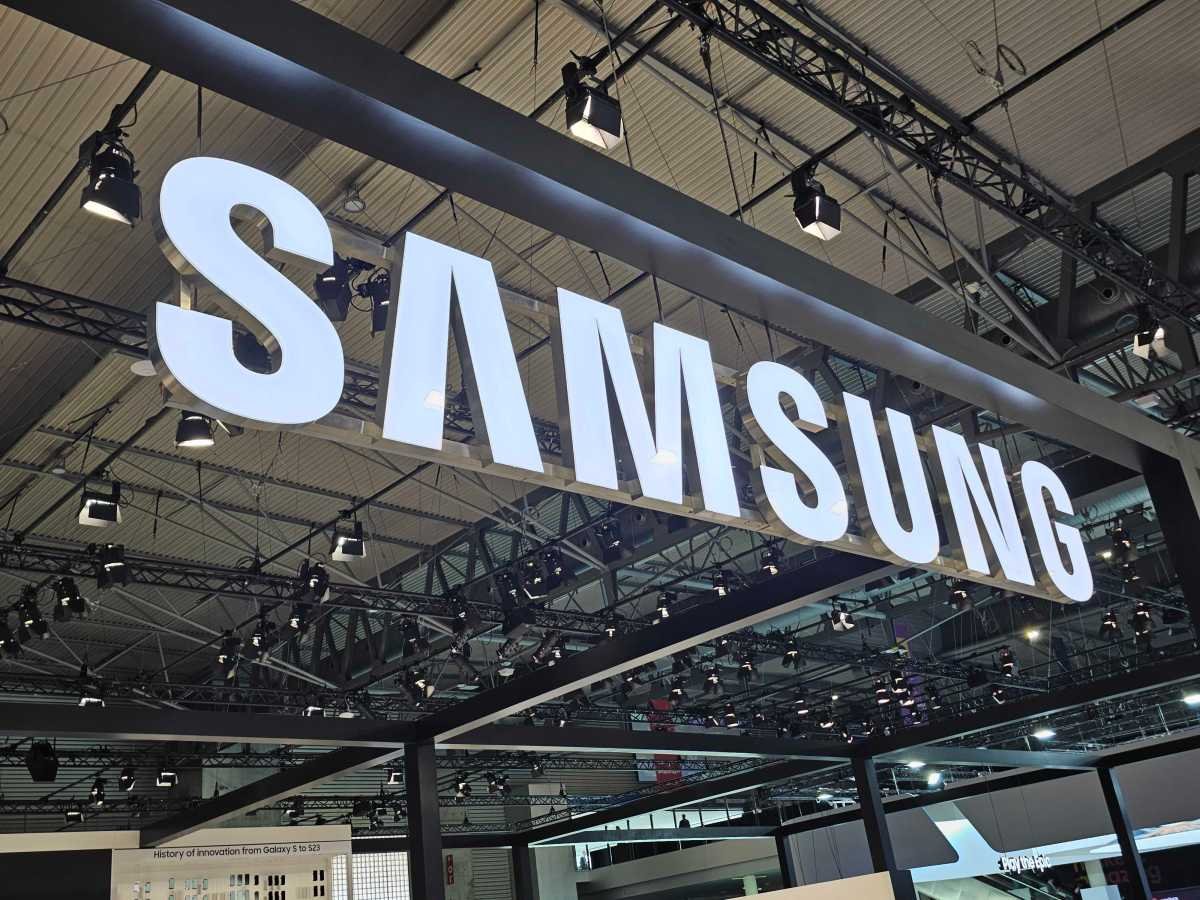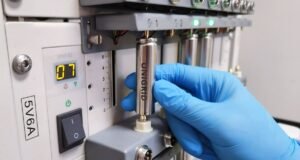
Samsung Electronics plans to reduce its memory chip production as the company expects its first quarter operating profit to decline by 96% from the previous year. This is the lowest profit posted by Samsung since 2009 and illustrates the severity of competition in the memory chip market. MEMORY CHIPS are a key component in computing devices, and as demand for them weakens, manufacturers must find other ways to generate income. While some may be replaced with newer products, Decreasing production of these chips will likely lead to layoffs within Samsung’s divisions that produce them.
The global macroeconomic slowdown, memory chip oversupply and sluggish demand have put considerable pressure on NAND flash Memory Chipmaker Micron’s profits. Combined, these factors have caused a drop in sales by approximately 10% from last year. While the company does not seem to be experiencing any particular shortages of specific components or products, it anticipates that the current market conditions will continue for at least another six months.
The announcement from Samsung that it is adjusting its memory production to a meaningful level could mean one of two things. On the one hand, this could indicate that there is insufficient demand for Samsung’s products in the market place, either due to slower economic growth or an evolving appetite for other forms of technology.Alternatively, this may be indicative of Samsung’s intentions to maintain its tech leadership in the industry – even as global demand flags – by focusing on expanding its infrastructure and research & development capabilities. Whichever explanation proves accurate, it lays bare how closely intertwined technology and market trends can be, which is why frequent monitoring and adjusting by industry leaders like Samsung is so important.
Samsung continues to face mounting pressure from its competitors in the tech sector, which is likely contributing to the company’s recent financial difficulties. The company’s profit and revenue are both expected to decline in the first quarter of fiscal year 2022, which could mean further financial difficulties for Samsung.
Samsung’s plan may prove to be a winning strategy for the company, as it seeks to stay afloat in an industry where its competitors are struggling. However, other memory chipmakers are expected to follow suit in cutting back production as shortages worsen.
Samsung’s dominance in the RAM and NAND markets is likely to continue into the future as price falls hit these sectors hard. Samsung’s dominant market share may be a cause for concern for other companies, but it also allows them to innovate faster and produce products at a lower cost.
Samsung’s plans to build five new memory and foundry fabs in South Korea stand in stark contrast to the company’s past reluctance to engage in large-scale manufacturing. The huge investment suggests that Samsung is confident that the Yongin hub will be a smashing success, and that it can rely on increasing demand for semiconductors to keep bolstering its bottom line.
Since the company’s inception, it has consistently posted high profits and earnings by sector. This is evident in their full financial statement which will bereleased at the end of this month. The company is highly profitable and accounts for a significant portion of each sector’s net profits.








